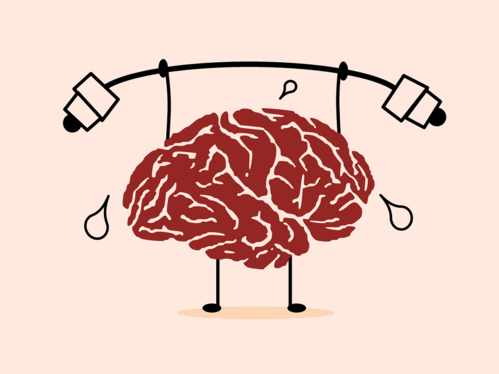We at Ooligan press are incredibly excited about the recent release of The Gifts We Keep by Katie Grindeland. This is the book my project team has worked to publish. It’s set in the Lake Oswego, Oregon, area and follows various members of a family struggling to deal with their grief over past tragedy. The book struggles with topics of mental health, sexuality, family dynamics, and suicide. As our team has worked to bring this beautifully and deliberately conceived piece of fiction into the world, we have wondered what readers will take away from the novel; what they’ll enjoy; and how they’ll feel about what happens. Every person bringing a story to life wonders how the audience will react, but do they all think of the possibility of a bad reaction to their work? I don’t mean a bad reaction like, “Gross, I hated it.” I mean a reaction like, “This brought back traumatic memories or thoughts in a way that affected my mental and emotional health.” Do we, the storytellers, have a responsibility to warn our audience about subject matter that could cause that kind of distress?
That’s right. I’m talking about trigger warnings.
What is a trigger warning? What does it do? According to the Oxford English Dictionary, a trigger warning is “a statement at the start of a piece of writing, video, etc., alerting the reader or viewer to the fact that it contains potentially distressing material (often used to introduce a description of such content).”
Trigger warnings have been surrounded by a lot of controversy as they’ve been adopted by various institutions and media. Much of this controversy has approached trigger warnings as an example of political correctness run rampant, such as the widely read Atlantic cover story “The Coddling of the American Mind” or the Vox story “I’m a Liberal Professor, and My Liberal Students Terrify Me.” These responses see trigger warnings as a tool for people to use to avoid ideas and values that they don’t agree with and demonize them as a form of censorship.
According to the article “A Short History of Trigger Warnings” by Nick Haslam, Professor of Psychology at the University of Melbourne, the concept of a trigger warning has evolved from its original intention, which was to protect vulnerable people who have experienced trauma, such as violence or sexual abuse, from material that might trigger intrusive thoughts and flashbacks that they quite literally have no control over. He claims the concept of a trigger warning has expanded to anything that might cause offense, disgust, or feelings of discomfort, such as “vomit, spiders and insects, slimy things, food, eye contact, pregnancy.” Whether material like that requires a trigger warning is a debate for someone else another time. However, it’s important to remember what and who trigger warnings existed for in the first place—people who have experienced trauma or mental illness for whom being unexpectedly confronted with certain materials may put them in danger of a harmful psychological response that they are not in control of. The issue is one of accessibility. To someone who has not experienced trauma or mental illness, a quick note before a movie or in the front matter of a book stating that viewers should be aware of sensitive material may be an annoyance, but to someone who has, that warning could, figuratively or literally, be a lifesaver. It allows someone who might be affected by the material to either prepare themselves or remove themselves from the situation. Is the minor inconvenience to one group more important than the well-being of the other?
I hope that readers of The Gifts We Keep by Katie Grindeland appreciate the elegance of the writing, the nuance of the characters, and the effective use of atmosphere. I also hope that our readers have the opportunity to enjoy this and other works we produce in a safe and informed way. And I, personally, don’t mind a little inconvenience if I can help make that happen.

